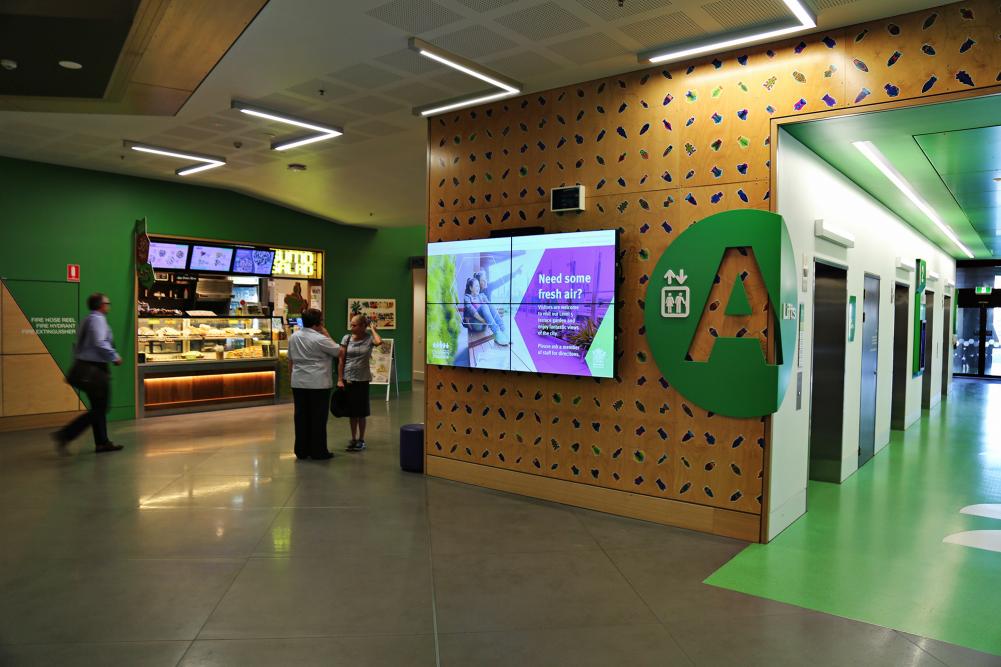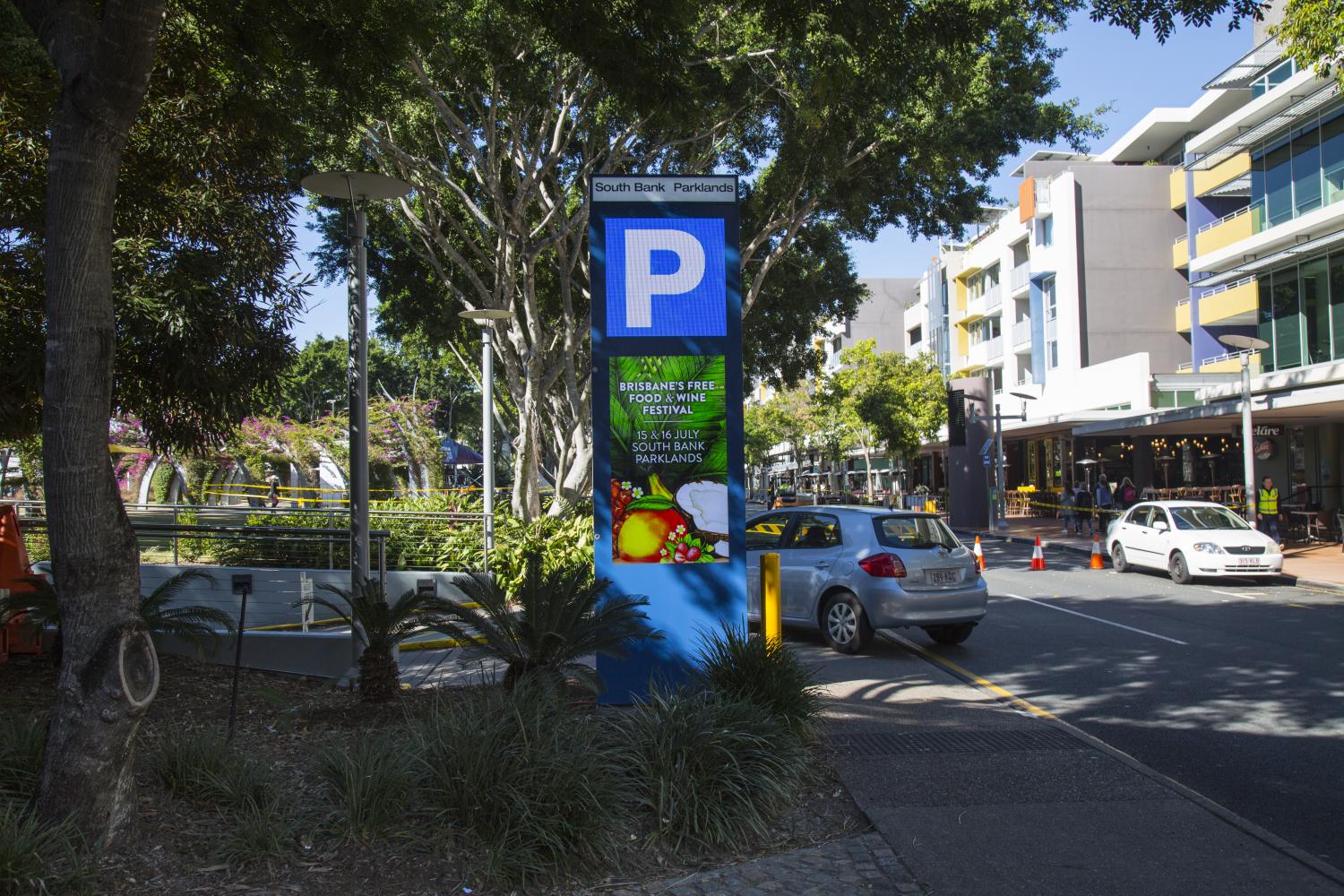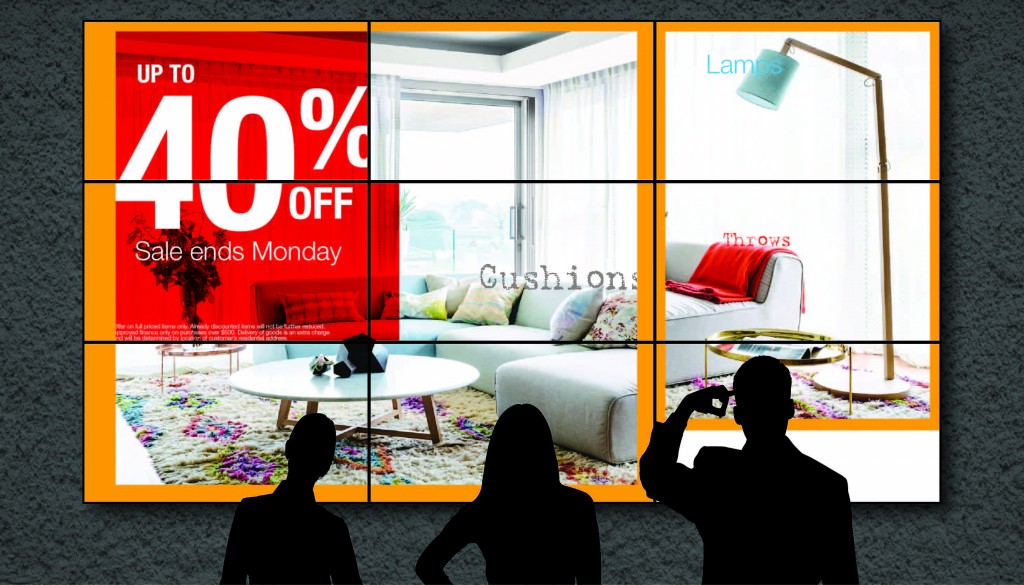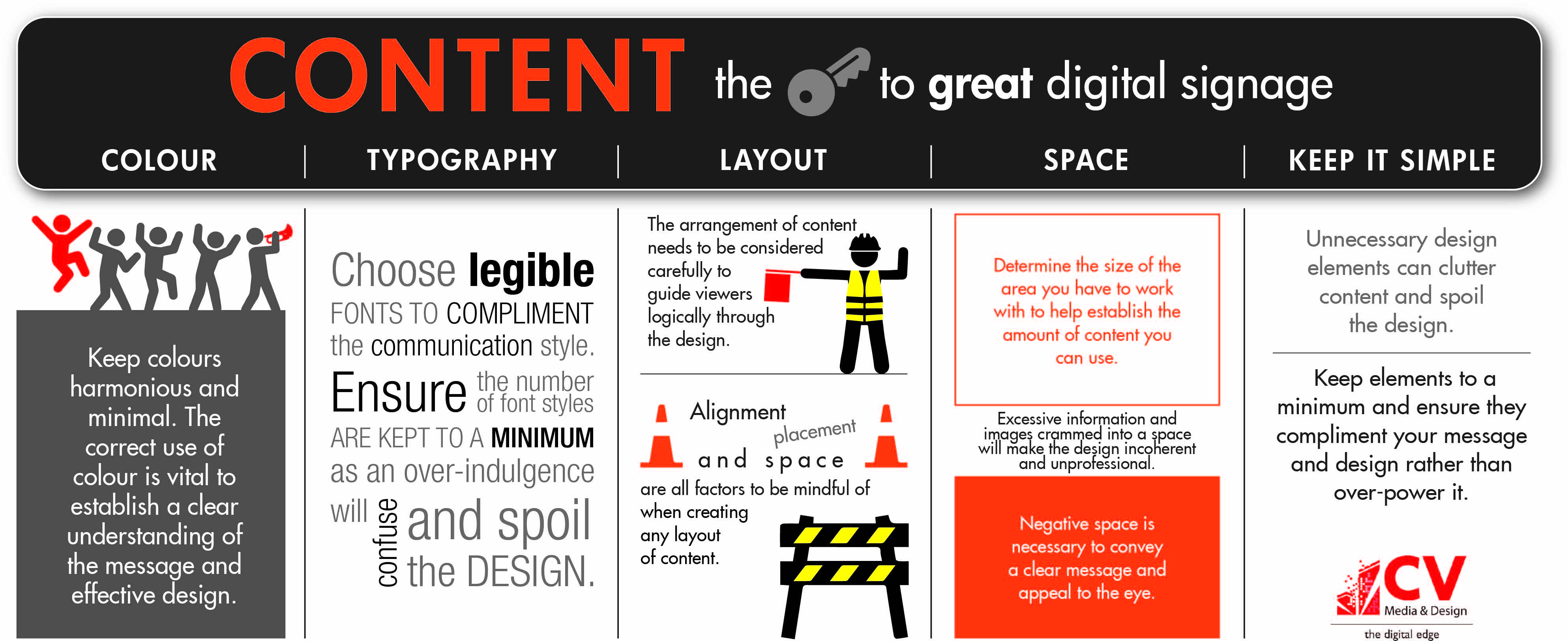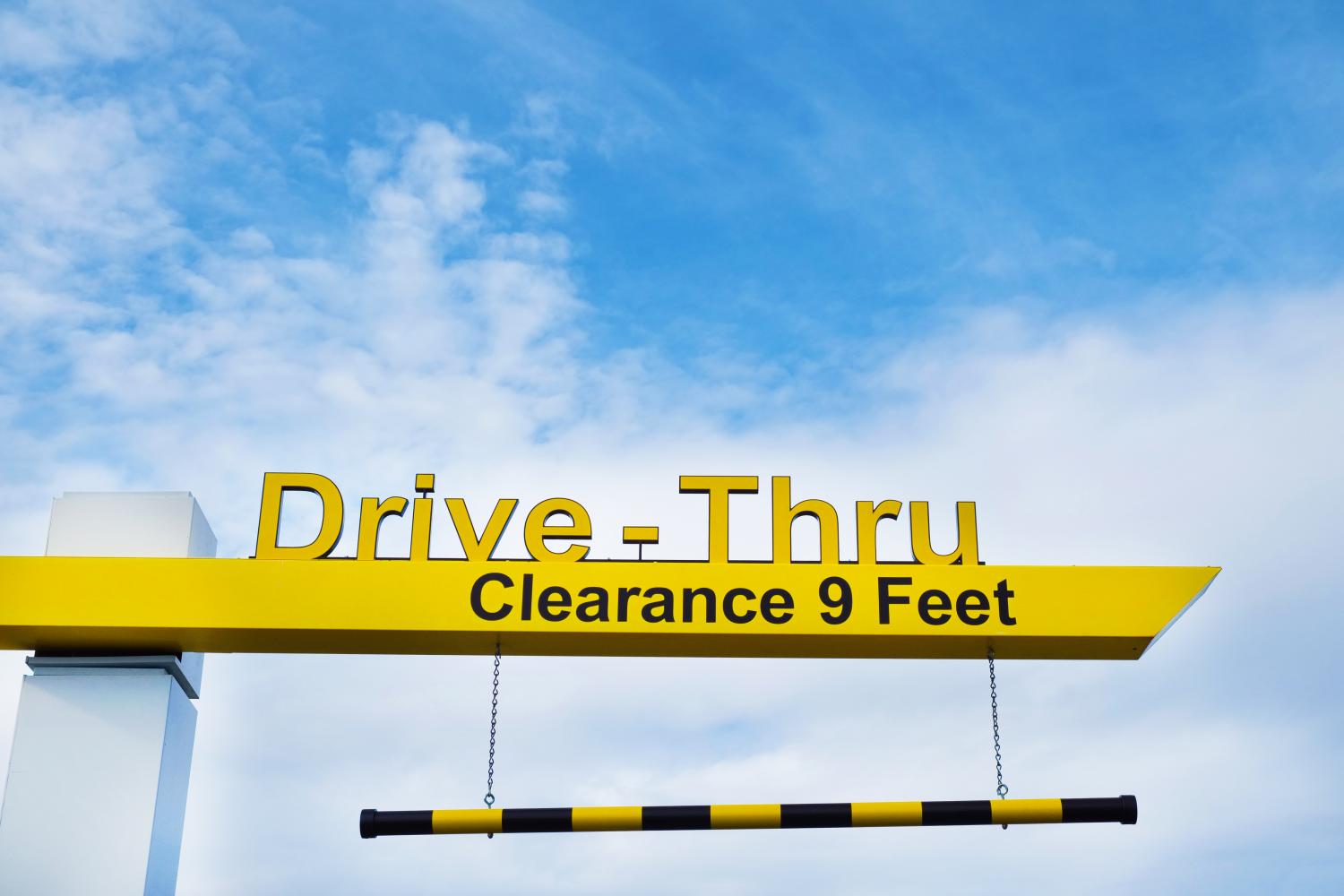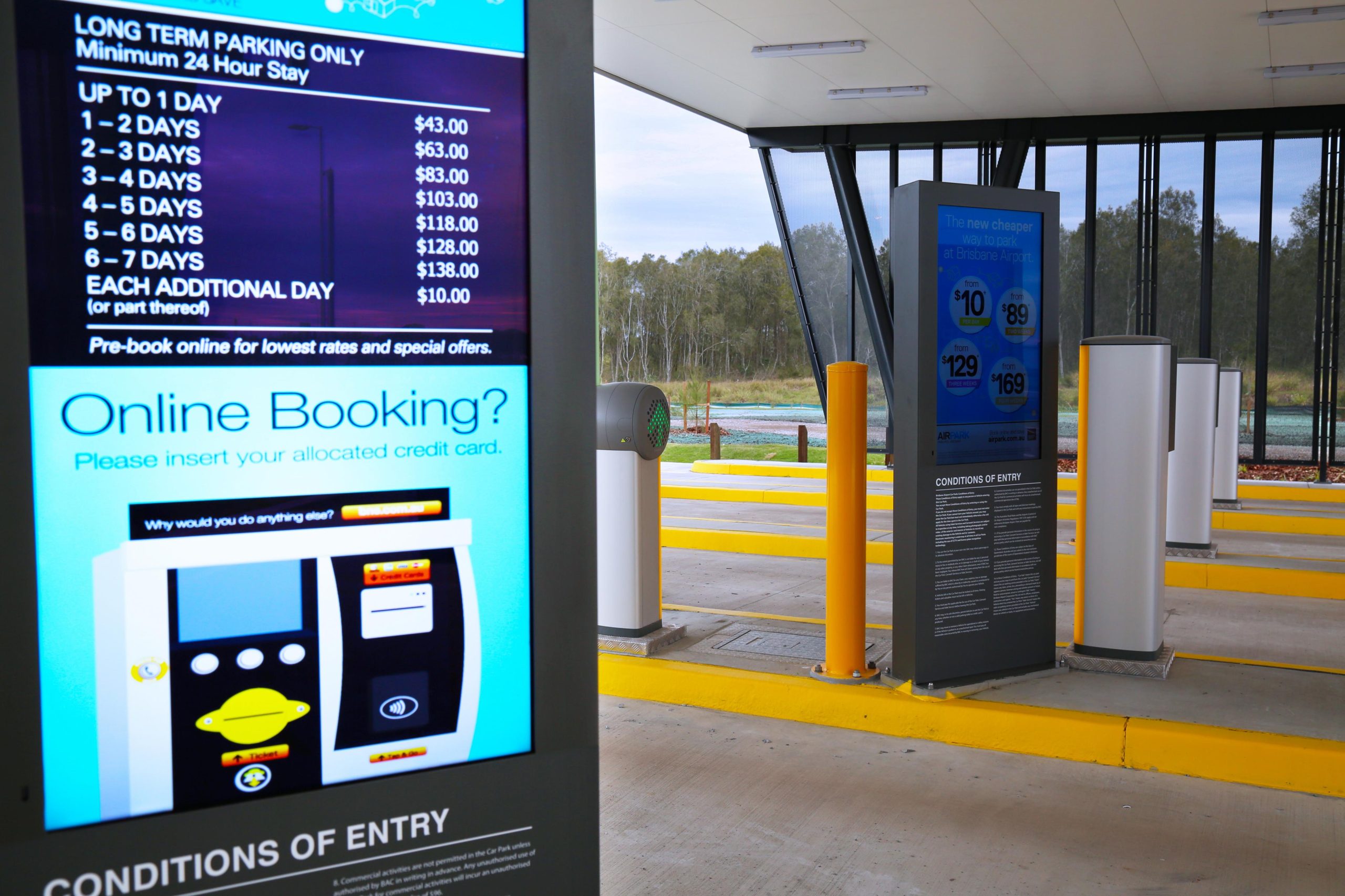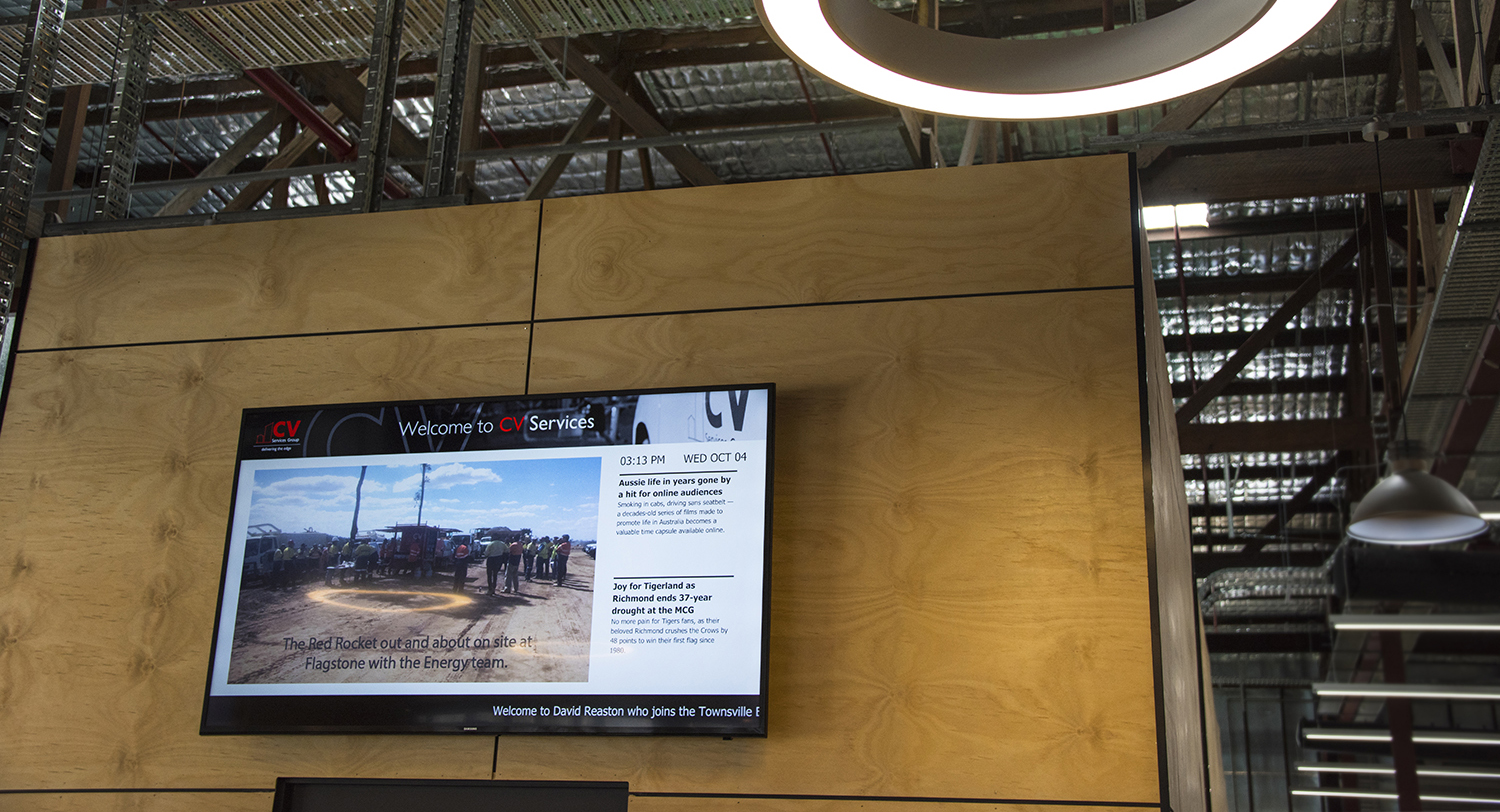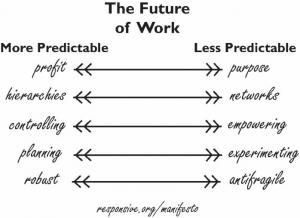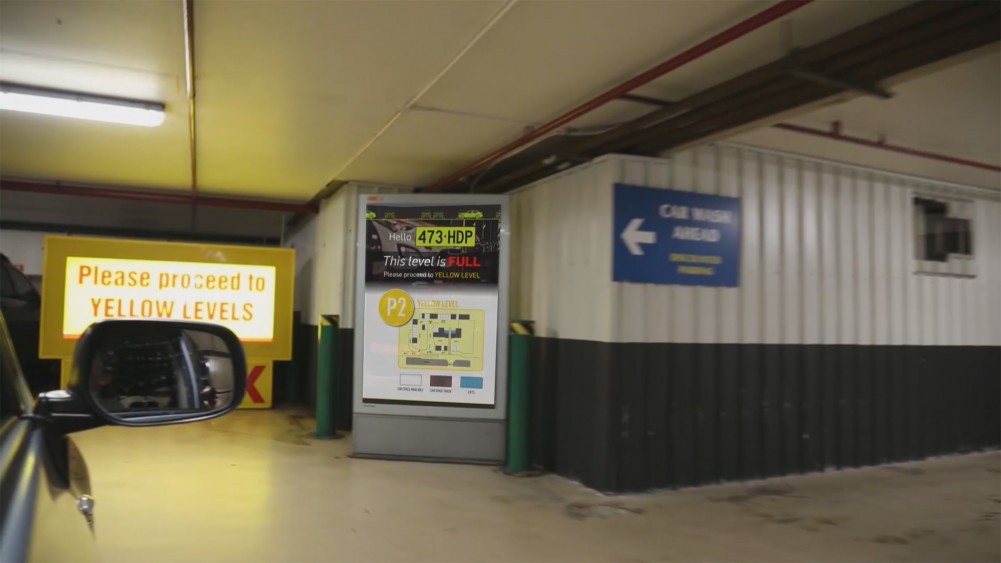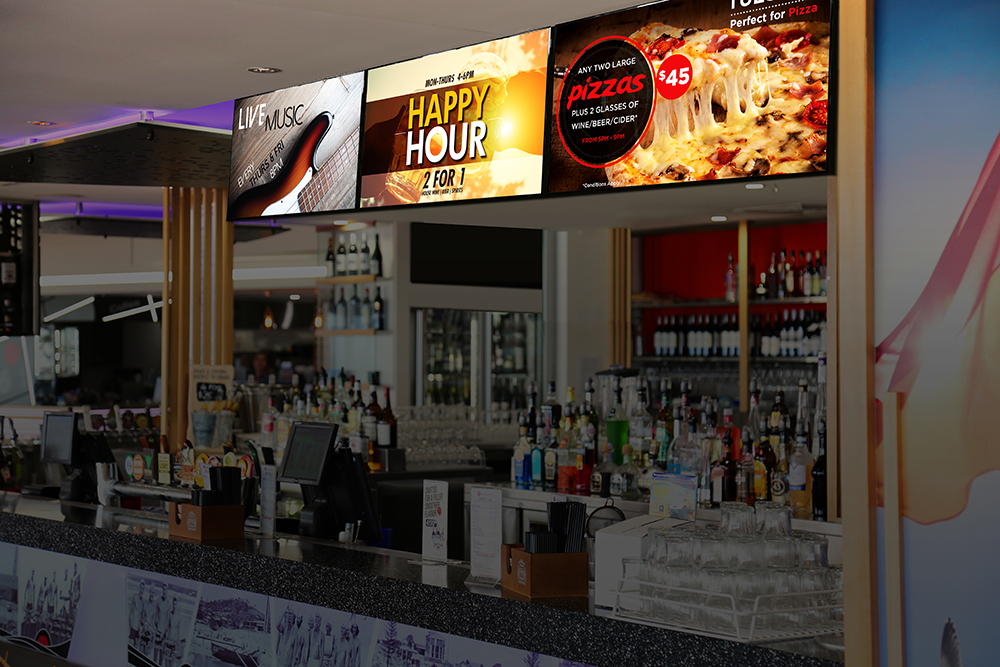Health care facilities can be mystifying and unpredictable. Digital signage within the health care sector is a critical tool to drive the improvement of the patient, visitor and staff experience. Whether it be digital screens to reduce perceived wait time in the waiting room or interactive kiosks to provide navigation around a confusingly large hospital, keeping visitors and patients informed using digital signage significantly improves their overall experience. Below are just five examples of how.
Waiting times
Health care facilities are notorious for making patients or visitors wait, whether this be a matter of minutes or hours. In the book “Psychology of Waiting Lines”, David Maister says “unexplained waits feel longer than explained waits.” Placing digital screens which include queue-management information such as estimated waiting times in waiting areas can help lower anxiety, alleviate frustration and reduce the perceived wait time by as much as 35 percent. With the ability to display multiple forms of content, digital screens are not only informative but also provide a more enjoyable wait. Healthcare facilities can entertain patients and visitors through engaging news, shows, relevant health information or facility updates.
Wayfinding
Navigating as a patient or visitor through a large facility such as a hospital can be confusing, frustrating and stressful. Put simply, wayfinding is the information systems that guide people through a physical environment and enhance their understanding and experience of the space. In a high stress environment, such as a hospital, an interactive wayfinding kiosk can give your patients and visitors an enhanced sense of well-being, safety, and security. Providing a detailed map with physician directories and step-by-step directions will allow your patients and visitors get to their destination faster and more easily.
Promotion
Not only can digital signage improve the patients and visitors experience, but it can provide healthcare facilities with an additional revenue opportunity. Digital screens effectively inform and promote products, services and events to visitors without being seen as pushy. By selling advertising space to third parties healthcare facilities can enhance the sales of services or products.
Safety and directional
Most importantly for the healthcare industry, digital signage can act as an emergency alert system, raising awareness throughout the facility and delivering essential health and safety messages. Through a centrally controlled system, critical messages can be pushed out to all digital screens in the facility improving the ability to respond to any type of situation.
Staff can also be informed about safety procedures and events which could limit the accessibility of certain areas through the display of safety schedules.
Digital screens can be placed throughout staff break rooms for the same reasons as you would put them in waiting rooms – to engage and inform. Replace old static notice boards or whiteboards and instantly update your staff with new work policies, procedure changes, new treatments, safety alerts, training opportunities and other notices through a cloud-based content management system. This cost effective and flexible solution can be implemented across multiple locations, providing a solution to communicate with any number of employees quickly and efficiently. Digital signage can also be paired with technology to enable content to be pushed out directly to staff’s phones.
The health care industry is a natural fit for digital signage due to the constantly changing nature of its facilities and the dynamic nature of the healthcare sector. The ability to centrally update content ensures real-time messaging of critical information allowing any healthcare facility to provide staff, patients and visitors with the most current and accurate information at any time. Much faster, more impactful and eco-friendly than paper-based static signage, digital signage ensures a reliable, streamlined source of communication. From a small general practice, to a large bustling health care facility hospital, digital signage delivers a strong return on investment for any health care facility.
As featured in DigitalSignageToday.

